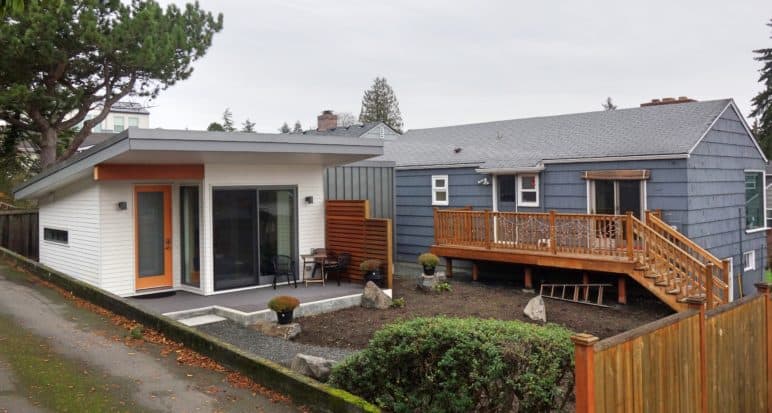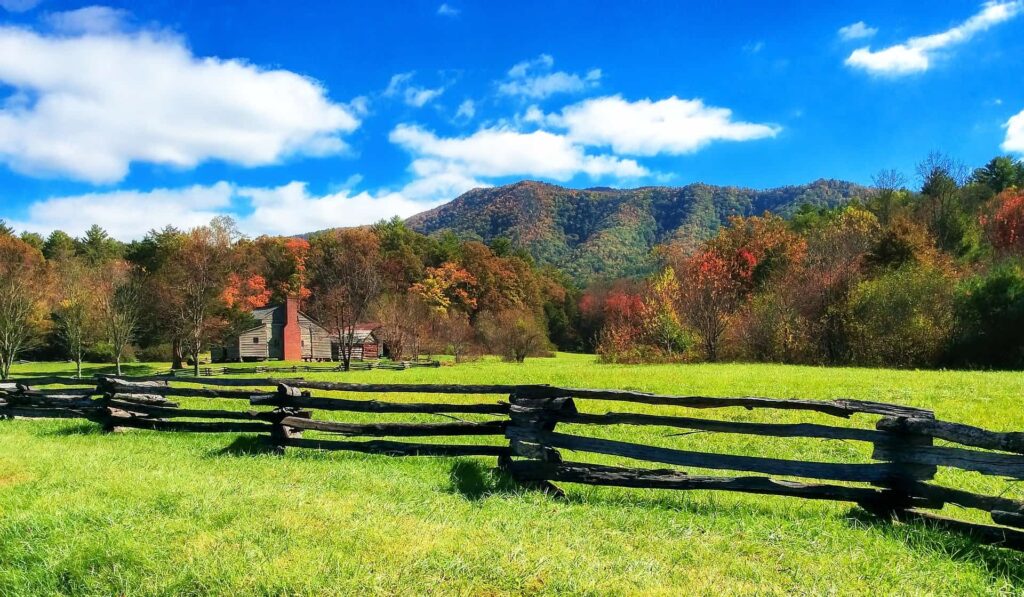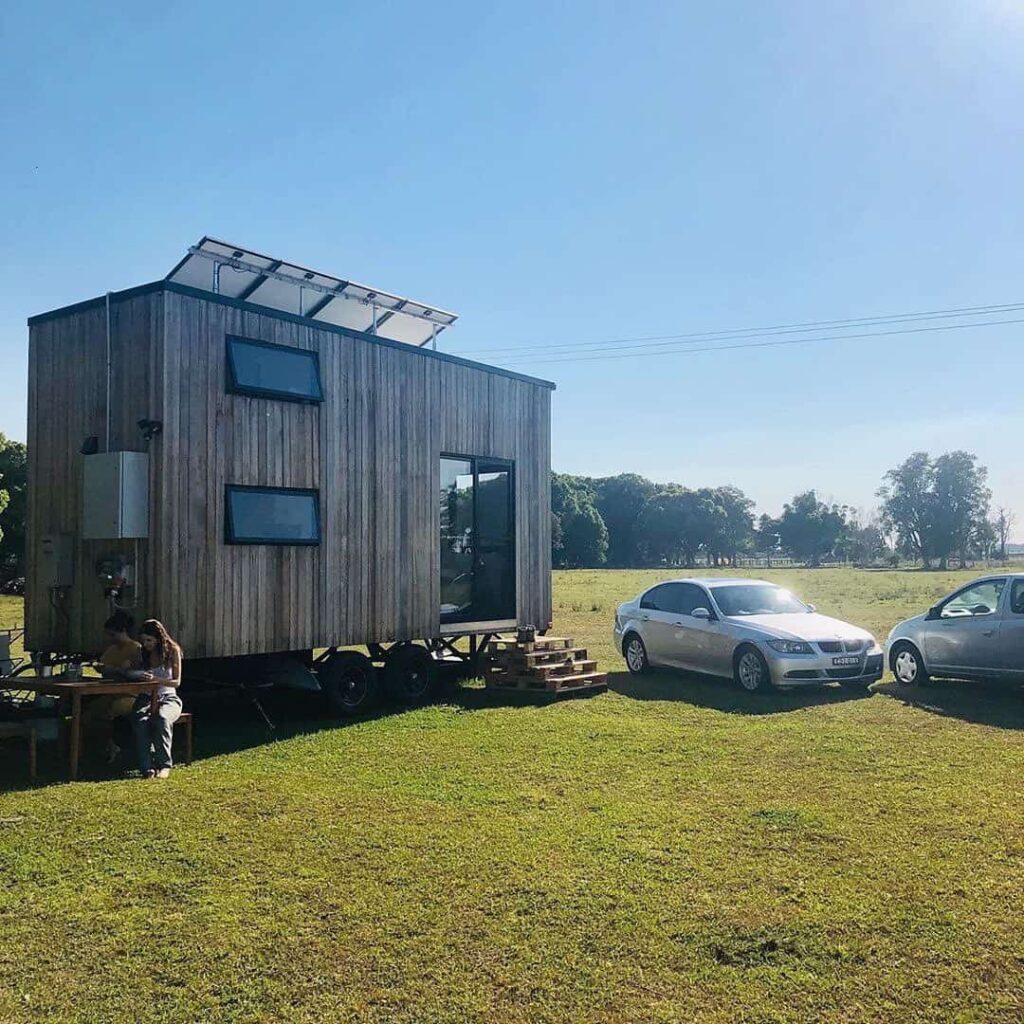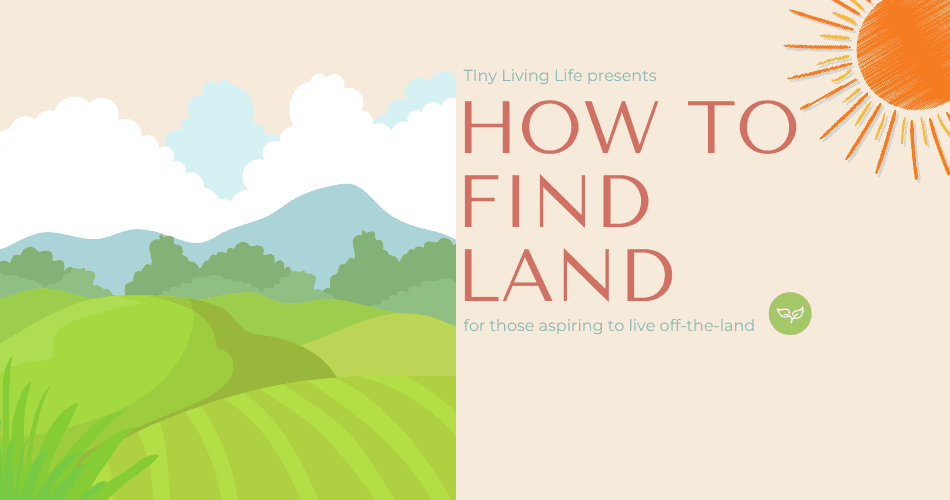“How and where do I find land for my tiny home?”
“What are the regulations for getting land for a tiny home?”
“Do they vary from state to state and city to city? How do I figure out what is allowed where I live?”
If you are looking for answers to these questions as you find land for your tiny home, you are not alone.
While it’s not nearly as bad as it once was, there still aren’t crystal clear answers when it comes to finding land for your tiny home. Because tiny homes are a new type of dwelling, most states and cities haven’t quite caught up yet.
Don’t fret though; with the resources and tips we discuss below, you will easily be able to find great land for your tiny house.
In this article, we will go over how to find land for your tiny house, problems you may face in the process (along with their solutions), and tips and tricks to ensure finding land for your tiny home doesn’t cause any issues.
The Biggest Stumbling Blocks for Tiny House Land
There’s no denying that finding parking or land for your tiny home is the biggest issue many potential tiny dwellers have. The tiny homes themselves are beautiful, comfortable, and highly affordable. Where potential headaches start are the decades-old zoning and building codes most states and municipalities still have on the books.
Some states won’t allow tiny homes of any kind. Others allow them but place severe restrictions on where and how you can build them.
Keep reading to find out some of the best resources for finding land for your tiny home and how they’re regulated.
Buy Your Own Land: Location, Sizing, Pricing, and Purchasing Tiny House Lots
The most obvious way to find land for a tiny house is to buy it. Tiny homes require a lot less space than most traditional homes and can even fit onto lots that already contain one home.
The first step is finding out roughly where you want to live. For most of us, that’s probably where we’re working and living right now, so that helps narrow it down a lot.
Once you’ve got a basic area, you should start looking on sites with lots for sale. Some of the best include:
Those give you options in rural, suburban, and urban areas, including lots for sale and recent sale prices. They’re just a starting point, but they help you get a good grasp of what land in your preferred area is going for and what size lots are generally available.
Urban
In urban areas finding any land to buy is nearly impossible. The lots you do find will likely cost a fortune and come with an intense amount of building restrictions. Your best bet here is to find someone who already owns a home and rent a parking space from them.
I cover that more in detail in the alternative arrangements section below.

Suburban
Suburban and especially rural land is a different story. You’d be shocked how many building lots there are for sale just half an hour or so outside a city. The biggest stumbling block will be finding a lot that doesn’t come with restriction building codes or an HOA (homeowners associations).
Suburban land is still going to be more costly to buy or rent than rural land.
Rural
Rural land is consistently the most accessible place to build a tiny home. As population density drops, so do the prices. Unincorporated land also lacks the restrictive building codes that come with municipalities. All you have to worry about is complying with state-specific building codes. There’s also the fact that rural people tend to keep to themselves.
When your nearest neighbor is half a mile away, it’s pretty easy to stay in your lane and ignore whatever projects they are up to. Complaints drive code enforcement. If there are no complaints, you’re much freer to build and live how you like.
The benefits of rural land are also its downsides. Rural property is isolated, generally unserviced, and sometimes even lacking access roads. Living off-grid in your tiny home can be a great life, but it takes some work to build your road and set up your water and power system.
If this is the route you are interested in taking in your tiny house journey, we have a wide range of resources that can help you:
- How To Set Up Your Off Grid Water System
- How to power your tiny home
- Heating Your Tiny Home With Small Wood Stoves

Factor in Zoning and Building Codes From the Start
Probably the most confusing aspect of building a tiny home is building codes and zoning. In most of the U.S., there are no specific building codes that apply to tiny houses, especially tiny houses on wheels.
Tiny Homes on Wheels (THOWs)
These are regulated as RVs and must be registered as such with your home state’s Department of Motor Vehicles.
Once that’s taken care of, you can pretty much park and live in it anywhere you could in an RV. Unfortunately, not all RV parks and campgrounds have caught up with the times.
Many of them still refuse to allow THOWs to stay in their parks. You can park your tiny home in a friend’s backyard or driveway, but that brings a whole other mix of regulations and ordinances into play.
In most parts of the U.S., you aren’t allowed to live full-time in an RV outside an RV park. Places with a lot of retirees and snowbirds such as Arizona and Florida can be the exception.
They have laws friendly to seasonal residents and understand the benefits they can provide.

Foundation Built Tiny Houses aka Accessory Dwelling Units
Foundation-built tiny homes have very different regulations. They’re legally classified as Accessory Dwelling Units (ADUs) and have lots of different requirements for square footage, number of bathrooms, egress windows, etc. Thankfully a lot of places are warming up to the idea of ADUs.
One of my favorite resources for ADU regulations can be found on Accessorydwellings.org.
They provide a city-by-city breakdown of the specific building codes and zoning requirements for ADUs. California, Minnesota, and Utah all have widespread acceptance of ADUs, though building requirements vary considerably between the three states and individual cities within those states.
Check out the video below to learn more about ADUs:
Be Open To Alternative Arrangements
One of the best places to start your search for a tiny house plot is your friends and family. I’ve met a lot of people who found an aunt, uncle, third cousin, or old friend who had some back acres or a large yard that was perfect for a tiny home.
If your home is entirely off-grid capable, you won’t even need power or sewage connections. It makes it a lot easier since all you need is a hose connection for water and a place to park.
Don’t be afraid to check out online resources if you’ve already exhausted your network. Craigslist gets knocked around but can be a great place to find someone advertising a driveway, back yard, or other space to put a tiny home.
You might even consider posting a question on sites like Craigslist, Nextdoor, or similar local/community ones to see if anyone might be interested in renting out a small space.
The tiny house community at large is also a tremendous resource. Some of the best information I’ve gotten about the really specific tiny house problems comes from talking to the people who are living and breathing the tiny life on a day-to-day basis. A good place to start is for example on Facebook or Reddit. Look for groups around tiny living and you will have ten thousands of people at your disposal.
Even if you’re starting out, there are meetup groups, local organizations, and incredible festivals you can attend.

Last but certainly not least are local real estate agents. No one is more tuned into the local news and available properties than quality real estate agents and brokers. They may know the perfect spot or even be able to point you to a local tiny house community or organization.
Nuts and Bolts of Tiny House Land Purchases
Now that I’ve covered the broad strokes of finding land for a tiny house, it’s time to talk about some of the often-overlooked details.
Tiny Home on Wheels Building Codes and Certification
If you want to travel in your tiny home, and especially if you’re going to live in RV parks or campgrounds, it needs to be built to RVIA/ANSI standards. These are the specific build codes that apply to every RV and park model RV on the road today.
They cover everything from plumbing, sewage, egress routes, window placement, and internal height. Compliance doesn’t guarantee that every RV park will let you in but it makes it a lot more likely.
Access and Water Rights
As I covered more in-depth in my off-grid water systems article, water rights are a huge deal for off-grid living. In most of the western U.S., you don’t automatically have the right to the water on your land when you buy it.
It’s a lot more likely that ‘your’ water is already apportioned to agricultural or industrial projects. If you want to do any serious gardening on your land, it’s an excellent idea to figure out if the water rights come with your purchase.
Another important point is access rights. Many rural properties lack existing road infrastructure. Some aren’t even adjacent to a road and rely on access easements with surrounding property owners.
I recommend you hold out for a property with full access to a county or state-maintained road. Having to negotiate access with your neighbors can be a severe headache. It’s much better to connect directly to a nearby road.
Don’t Reject New Opportunities
The one thing I’ve found most helpful when figuring out where to live in a tiny home is being flexible. The tiny house movement is still in its infancy and we’re just starting to figure out some of the details. Like parking and building lots.
If you’re able to roll with the punches and make changes when necessary, it’s going to be a lot easier to find a great place to live with your tiny home.
Other articles for future reading:




